
 “Spring” in the Central Highlands is not as clear as spring in other lands, but is expressed through the sign of the intersection between the rainy season and the dry season along with the rhythm of folk festivals. It is the time associated with the “ning nong” season, “festival season”, “season of eating and drinking” from the end of November to the end of March and the beginning of April of the solar calendar.
“Spring” in the Central Highlands is not as clear as spring in other lands, but is expressed through the sign of the intersection between the rainy season and the dry season along with the rhythm of folk festivals. It is the time associated with the “ning nong” season, “festival season”, “season of eating and drinking” from the end of November to the end of March and the beginning of April of the solar calendar.  The “Central Highlands Spring Festival” is closely associated with the gong cultural activities. The question of when gongs first appeared is still unclear, but it is known that gongs have existed and closely accompanied the development history of ethnic minorities in the Central Highlands.
The “Central Highlands Spring Festival” is closely associated with the gong cultural activities. The question of when gongs first appeared is still unclear, but it is known that gongs have existed and closely accompanied the development history of ethnic minorities in the Central Highlands. 
 Gongs are not only a source of music that nourishes the soul and personality, but also the voice of love, strength, and sacred soul of ethnic communities from traditional to modern times. As a process arranged from the time of our ancestors, after the rice harvest season, the sound of gongs is played in the New Rice Festival in November as an opening signal for the "spring festival" in the Central Highlands. After the New Rice Festival, the rhythm of the Central Highlands spring festival begins with a series of ritual activities - festivals related to individuals and communities, from the family to the community.
Gongs are not only a source of music that nourishes the soul and personality, but also the voice of love, strength, and sacred soul of ethnic communities from traditional to modern times. As a process arranged from the time of our ancestors, after the rice harvest season, the sound of gongs is played in the New Rice Festival in November as an opening signal for the "spring festival" in the Central Highlands. After the New Rice Festival, the rhythm of the Central Highlands spring festival begins with a series of ritual activities - festivals related to individuals and communities, from the family to the community. 
 When the wild sunflowers begin to bloom in late October and peak in November, when Goddess H'Jan gradually stops the sullen rains in the great forest, it is also the time when the male god E'at gently breathes his cool breath on the legendary land full of sunshine and wind in the Central Highlands. The sign of spring in the Central Highlands is known by the brilliant yellow color of the wild sunflowers giving way to the blooming of fragrant orchids, the bees gathering to collect nectar, the season when Ede, M'Nong, Xo Dang, Bahnar boys and girls... test the strength of the wine in preparation for the festival season.
When the wild sunflowers begin to bloom in late October and peak in November, when Goddess H'Jan gradually stops the sullen rains in the great forest, it is also the time when the male god E'at gently breathes his cool breath on the legendary land full of sunshine and wind in the Central Highlands. The sign of spring in the Central Highlands is known by the brilliant yellow color of the wild sunflowers giving way to the blooming of fragrant orchids, the bees gathering to collect nectar, the season when Ede, M'Nong, Xo Dang, Bahnar boys and girls... test the strength of the wine in preparation for the festival season. 
 If in the remote Plei villages of the Xo Dang, Bahnar, H're people... near the foot of Ngok Linh mountain, tourists can immerse themselves in the harvest season of rice, corn, potatoes, cassava, then in the Central and Southern Central Highlands, the strong arms of the boys, the flexible bare feet of the Ede, Jrai, M'Nong girls... continue the journey of survival in the coffee harvest season on the fields. Tourists can touch their hands to the ripe coffee berries and gently separate them from the mother tree. The excitement is not only multiplied when experiencing the coffee harvest but also witnessing the happy and sad emotions of the farmers before the fruits of their labor after a hard year.
If in the remote Plei villages of the Xo Dang, Bahnar, H're people... near the foot of Ngok Linh mountain, tourists can immerse themselves in the harvest season of rice, corn, potatoes, cassava, then in the Central and Southern Central Highlands, the strong arms of the boys, the flexible bare feet of the Ede, Jrai, M'Nong girls... continue the journey of survival in the coffee harvest season on the fields. Tourists can touch their hands to the ripe coffee berries and gently separate them from the mother tree. The excitement is not only multiplied when experiencing the coffee harvest but also witnessing the happy and sad emotions of the farmers before the fruits of their labor after a hard year.  After the harvest season, whether it is a good harvest or a bad harvest, those honest, rustic, simple, friendly children continue the journey of transmitting their ancestors' customs and practices through traditional festival activities. That is also the time when the sound of gongs continues to resound in the New Rice Festival, the Harvest Festival, the Health Festival, the Water Wharf Festival, the Elephant Racing Festival, or in funerals and the Grave-leaving Festival...
After the harvest season, whether it is a good harvest or a bad harvest, those honest, rustic, simple, friendly children continue the journey of transmitting their ancestors' customs and practices through traditional festival activities. That is also the time when the sound of gongs continues to resound in the New Rice Festival, the Harvest Festival, the Health Festival, the Water Wharf Festival, the Elephant Racing Festival, or in funerals and the Grave-leaving Festival... 

The sound of gongs in the Central Highlands spring festival is like an underground stream permeating life, sometimes fierce, sometimes rushing like a waterfall, sometimes sulking, sometimes vibrant and youthful like a young man singing an eirei song, sometimes sweet and calm like the love of a mountain girl, sometimes whispering and blaming like a wife angry with her husband, sometimes joyful and noisy like a three-year-old child playing... The dance of the Central Highlands gongs becomes a mysterious power that attracts people to participate in the endless story of life. A little bit of the strong flavor of wine, a little bit of the aroma of grilled meat and sticky rice, of Buon Me Thuot coffee, next to the flickering fire in front of the communal house yard, in the living room of the long house, or in the space of the mysterious cemetery, visitors seem to escape the mundane world , bursting with many different emotions. The sound of gongs can soothe sadness, pain, loneliness, emptiness or resentment in misfortune. The rich and the poor, the old and the young, men and women are hypnotized, longing to return to their roots, united in the gong dance during the festival season in the Central Highlands.
Heritage Magazine



![[Photo] Students of Binh Minh Primary School enjoy the full moon festival, receiving the joys of childhood](https://vphoto.vietnam.vn/thumb/1200x675/vietnam/resource/IMAGE/2025/10/3/8cf8abef22fe4471be400a818912cb85)

![[Photo] Prime Minister Pham Minh Chinh chairs meeting to deploy overcoming consequences of storm No. 10](https://vphoto.vietnam.vn/thumb/1200x675/vietnam/resource/IMAGE/2025/10/3/544f420dcc844463898fcbef46247d16)


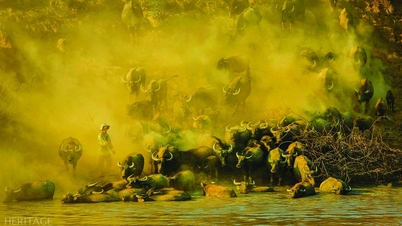






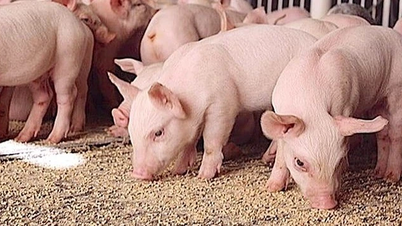





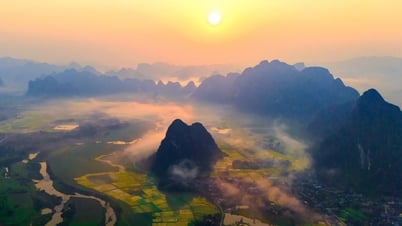

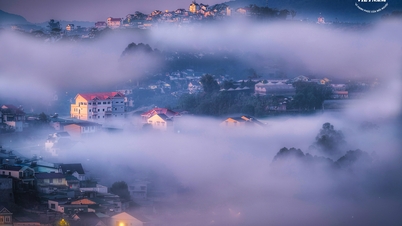







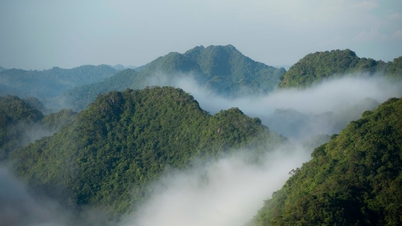
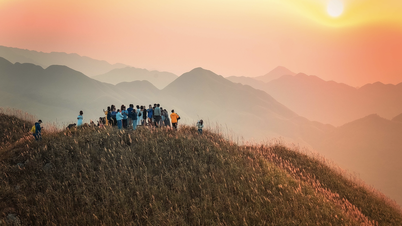
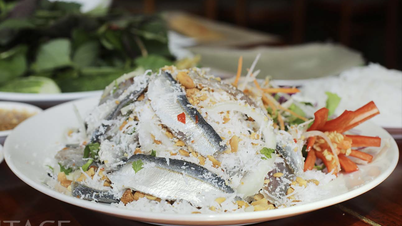



























































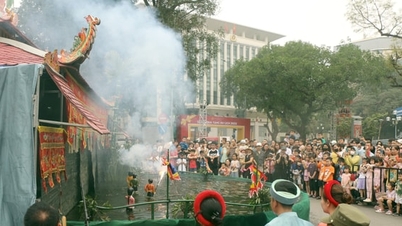













Comment (0)